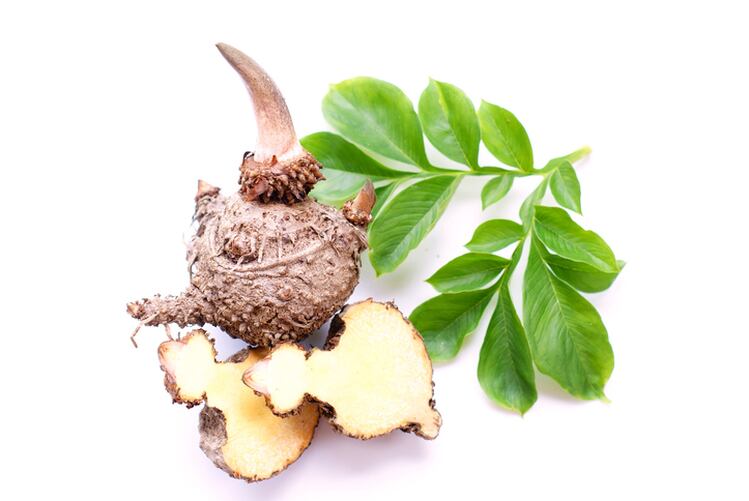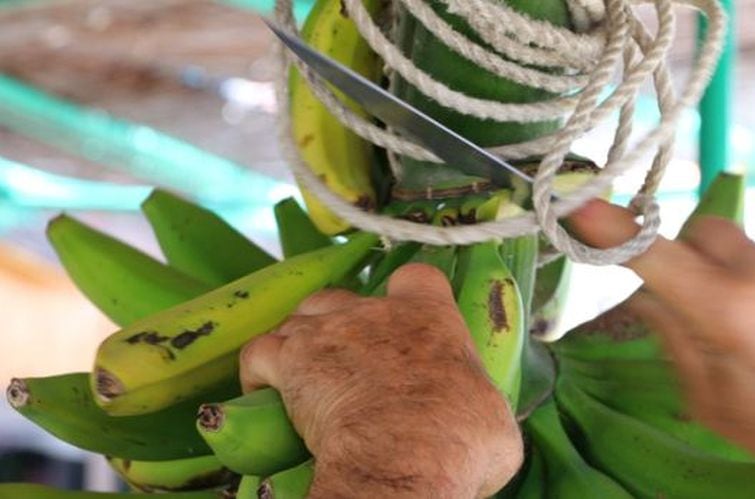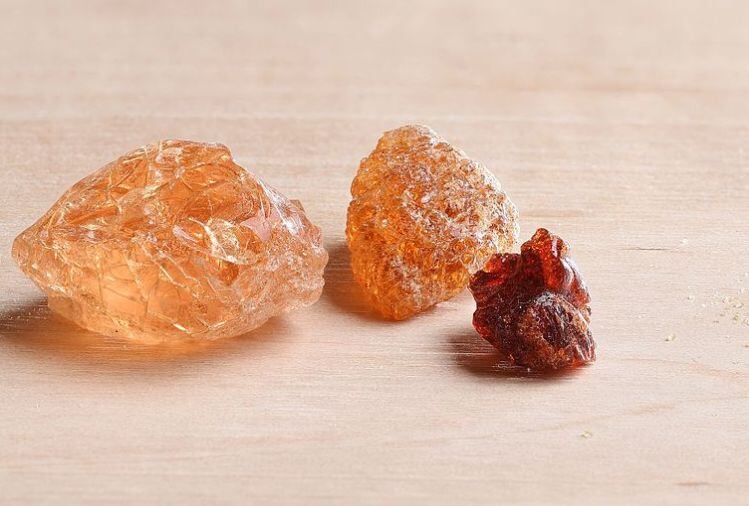Dietary fiber that can be declared on the Nutrition and Supplement Facts labels includes certain naturally occurring fibers that are ‘intrinsic and intact’ in plants and added isolated or synthetic non-digestible soluble and insoluble carbohydrates that the FDA has determined have physiological effects that benefit human health.
Glucomannan got the green light following an FDA review of nine relevant clinical studies, six of which demonstrated a physiological benefit to consuming glucomannan in the form of a reduction in total and/or LDL cholesterol.
What does the FDA classify as 'dietary fiber' for food labeling purposes?
Naturally occurring or ‘intrinsic’ fiber is found in foods such as vegetables, whole grains, fruits, cereal bran, flaked cereal and flours. The fibers are also considered to be ‘intact’ because they have not been removed from the food. Foods containing these fibers have been shown to be beneficial, and manufacturers do not need to demonstrate that they provide beneficial physiological effects to human health in order for them to be classified as ‘dietary fibers’ on the Nutrition Facts or Supplement Facts panel, says the FDA.
The FDA has also identified the following non-digestible carbs, which are added to food, as meeting the dietary fiber definition:
- Beta-glucan soluble fiber
- Psyllium husk
- Cellulose
- Guar gum
- Pectin
- Locust bean gum
- Hydroxypropylmethylcellulose
It also proposes that the following non-digestible carbs be added to the definition of dietary fiber:
- Mixed plant cell wall fibers (a broad category that includes fibers like sugar cane fiber and apple fiber, among many others)
- Arabinoxylan
- Alginate
- Inulin and inulin-type fructans
- High amylose starch (resistant starch 2)
- Galactooligosaccharide
- Polydextrose
- Resistant maltodextrin/dextrin
- Cross linked phosphorylated RS4
- Glucomannan
Get the latest information on the FDA's classification of dietary fibers HERE.
*The citizen petition was submitted by George Salmas of The Food Lawyers. Read the FDA's full response HERE.



